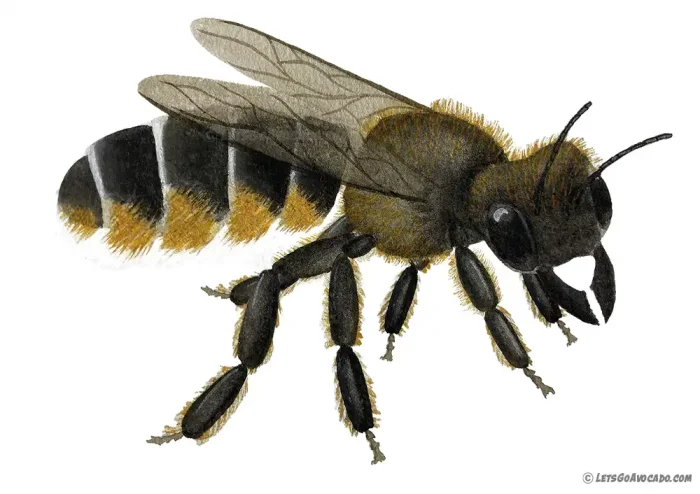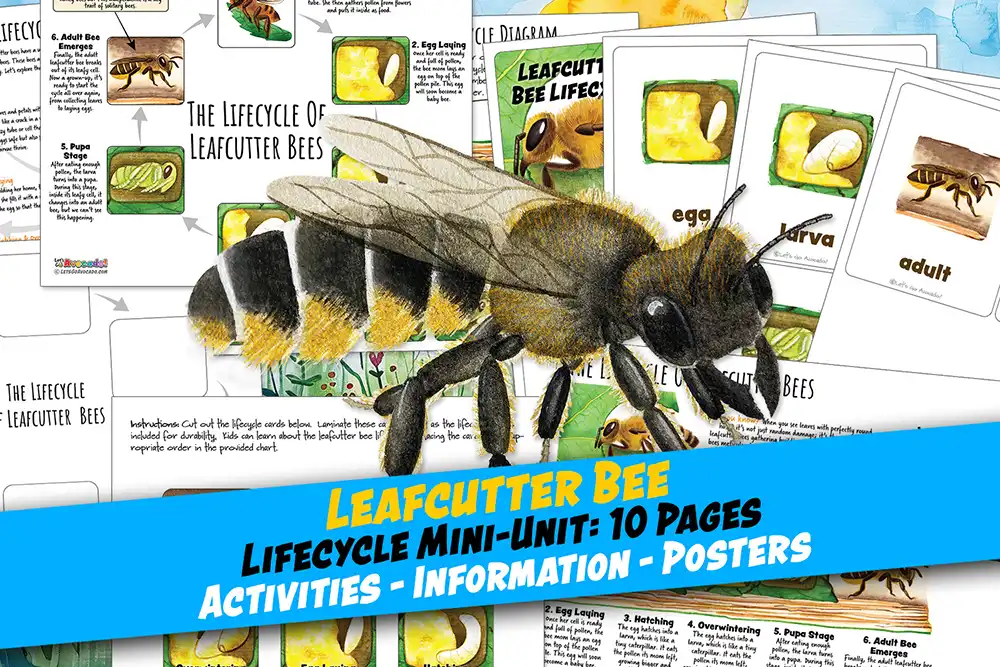Leafcutter Bees Nesting
In this fascinating video, we get to see leafcutter bees in action as they build their homes inside a stack of bamboo tubes. These industrious little bees are not just flying around for fun—they are hard at work! Each leafcutter bee is shown carrying a piece of leaf back to its nesting site. But why do they carry these leaves? Well, they cleverly use them to create separate cells inside the bamboo. Each cell is like a tiny room for one of their eggs. After placing a leaf inside, the bee adds an egg and then seals it up with more leaf pieces. This creates a safe, cozy nursery where their babies, or larvae, can grow. Watching these bees can help us learn how nature’s builders operate, using simple materials to make secure homes for their young.











